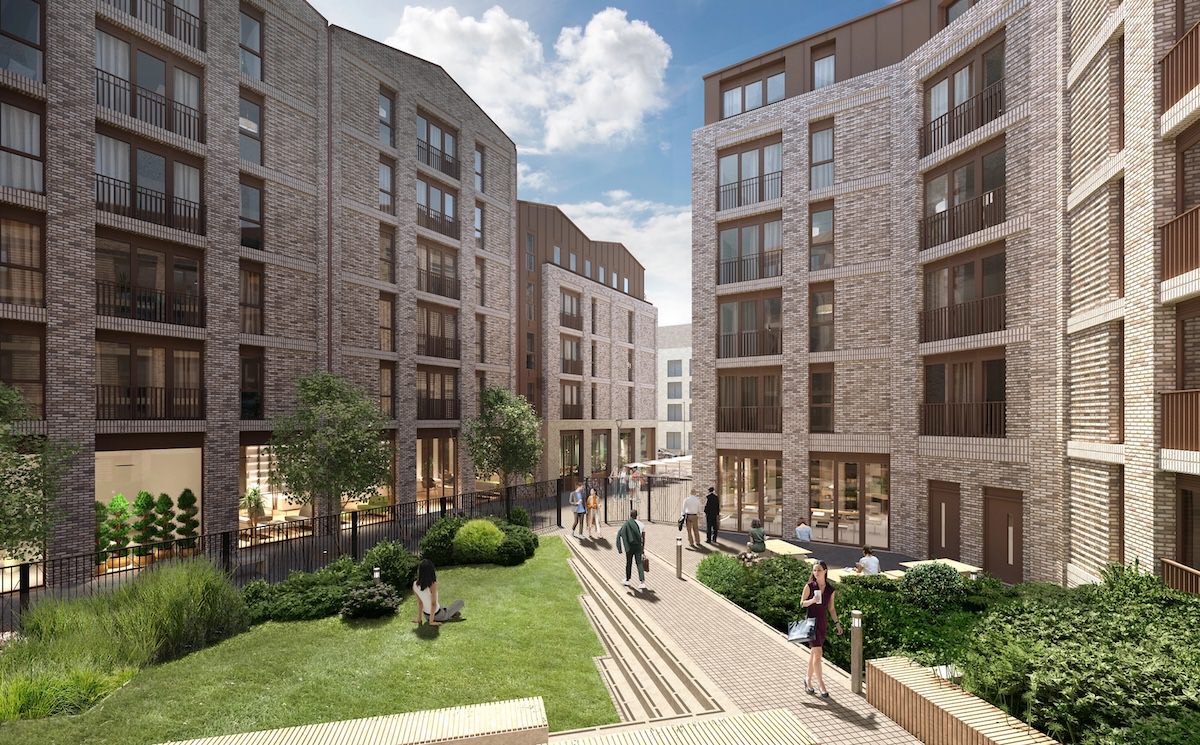
Kimpton have worked in the BTR (Built to Rent) and PBSA (Purpose Built Student Accommodation) markets for many years. Our work is predominantly in the mechanical and electrical services provision for these developments. As such, we have seen a number of key trends that are emerging in the Build-to-Rent (BTR) property sector in the UK and worldwide.
There has been an increasing trend towards people renting rather than buying homes. This is not necessarily by choice, as often their hand is being forced by factors such as interest rates being higher than over recent years. Housing affordability – which is a real challenge in some areas, and the desire for flexibility.
For many, travel and relocation to other countries is seen as the norm and an enhancement to a cv, to many younger professionals. Therefore, they do not want to be tied to a mortgage if they are likely to be relocating to work overseas for a few years.
Many developments are now also including a proportion of affordable housing within the accommodation mix. For those most in need, this can offer a range from 20%-50% reduction in local headline rental costs. Affordable housing will be targeted at people with more specific needs, such as people on lower incomes, who are vital to providing services that local communities rely upon; people with disabilities or special needs.
Institutional investors, including pension funds and real estate investment trusts (REITs), have shown a significant interest in BTR projects. This trend seems likely to continue and even grow as the sector matures. With BTR, they are able to see a long term and stable return, and this is a good bedrock to build a balanced investment portfolio.
BTR developments are increasingly emphasising the provision of high-quality amenities and communal spaces to attract tenants. This includes gyms, co-working spaces, communal lounges – some with food and drink provision, and outdoor areas, to make it more attractive in the spring and summer months. They are creating great places to live, rather than high density accommodation blocks.
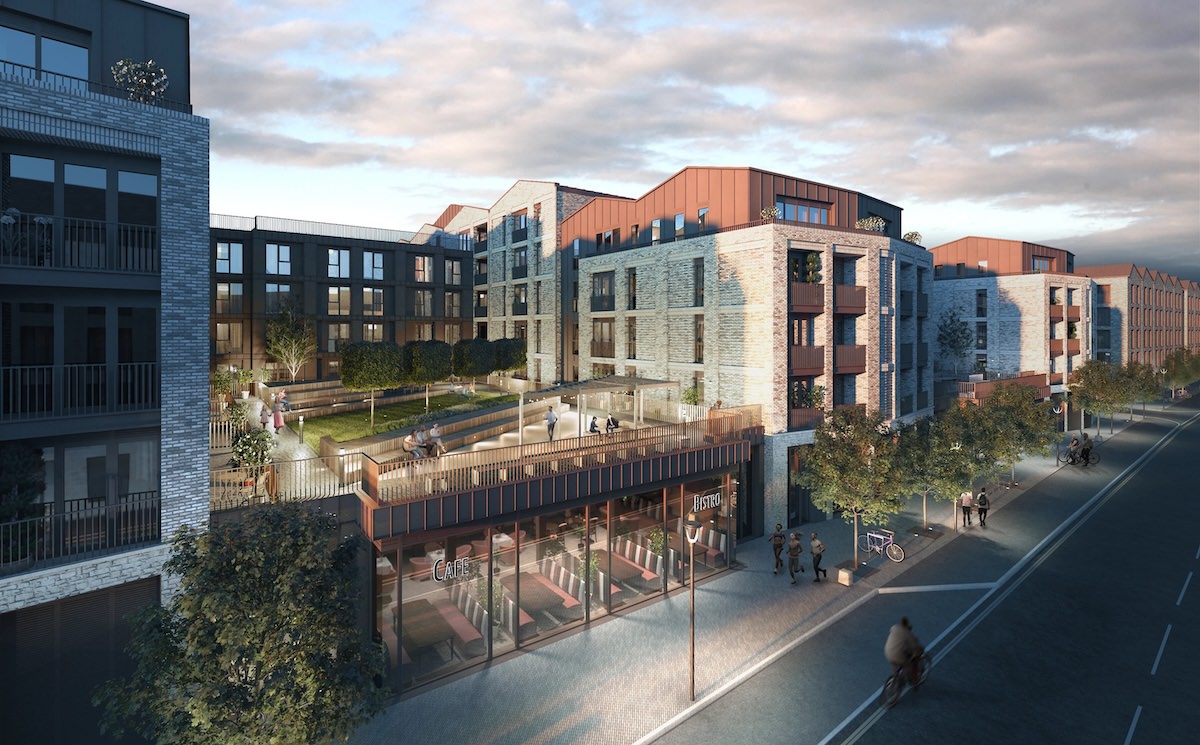
The incorporation of technology for smart home features and efficient property management has become a notable trend. This includes Internet of Things (IoT) devices, energy-efficient systems, and digital platforms for tenant services. These are all additions that allow a development to stand out from the crowd and ensure tenants are attracted to, and then more likely to stay into the longer term.
In addition, Work from Home is here to stay, so any design of a BTR unit has to allow for Work from Home for one or two people, as well as incorporating the technology to make this practical and comfortable. Being able to separate work spaces from living spaces will, for us, become even more demanded by tenants.
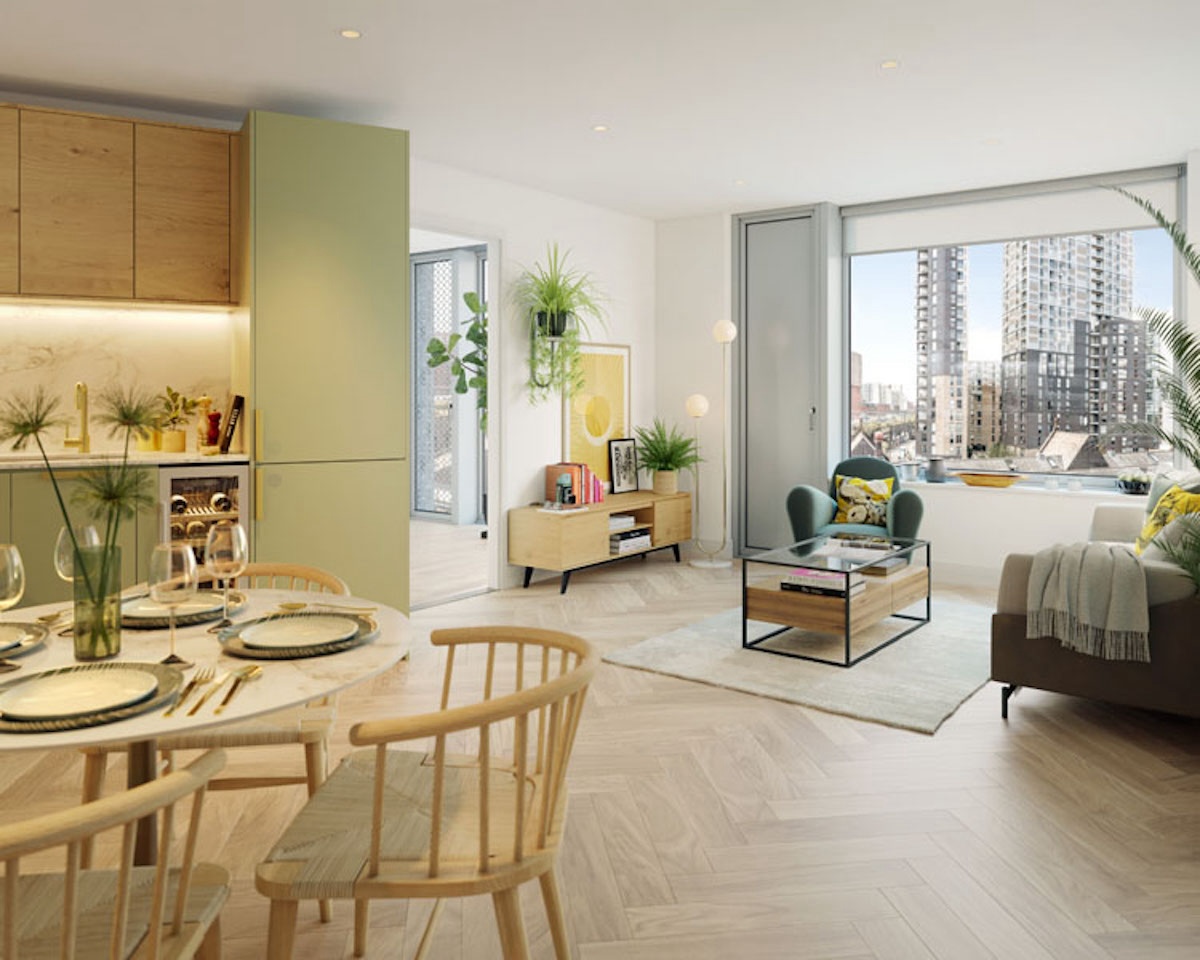
As well as work from home considerations, pet ownership grew during the Covid lockdown period. According to the PDSA pet ownership grew by 5.4 million during covid, which means that 24% of all pet owners, acquired them within the last two years. This equates to 2.5 million dogs, 2.5 million cats and even 330,000 rabbits.
Developers have recognised this and are responding with pet friendly BTR homes where communal outside space is provided for them. This is the opposite stance to most traditional private landlords, where pets of any kind are normally not accepted.
BTR developers are increasingly incorporating sustainable and eco-friendly practices into their projects, aligning with broader environmental concerns. This may involve energy-efficient designs, green building materials, and eco-conscious landscaping.
There’s real evidence that Gen Z and Millennials are actively choosing developments that are utilising green technology for heating, hot water and cooling provision. They want all the home comforts, but want these whilst minimising their societal impact at the same time.
Proximity to transportation hubs, employment centres, and lifestyle amenities remains a critical factor in BTR development. Locations with good connectivity and access to urban conveniences are highly sought after.
The Conington Road BTR Scheme in Lewisham is a great example of this in practice and has access, via a new entrance, to Lewisham Station that links directly into the transport infrastructure.
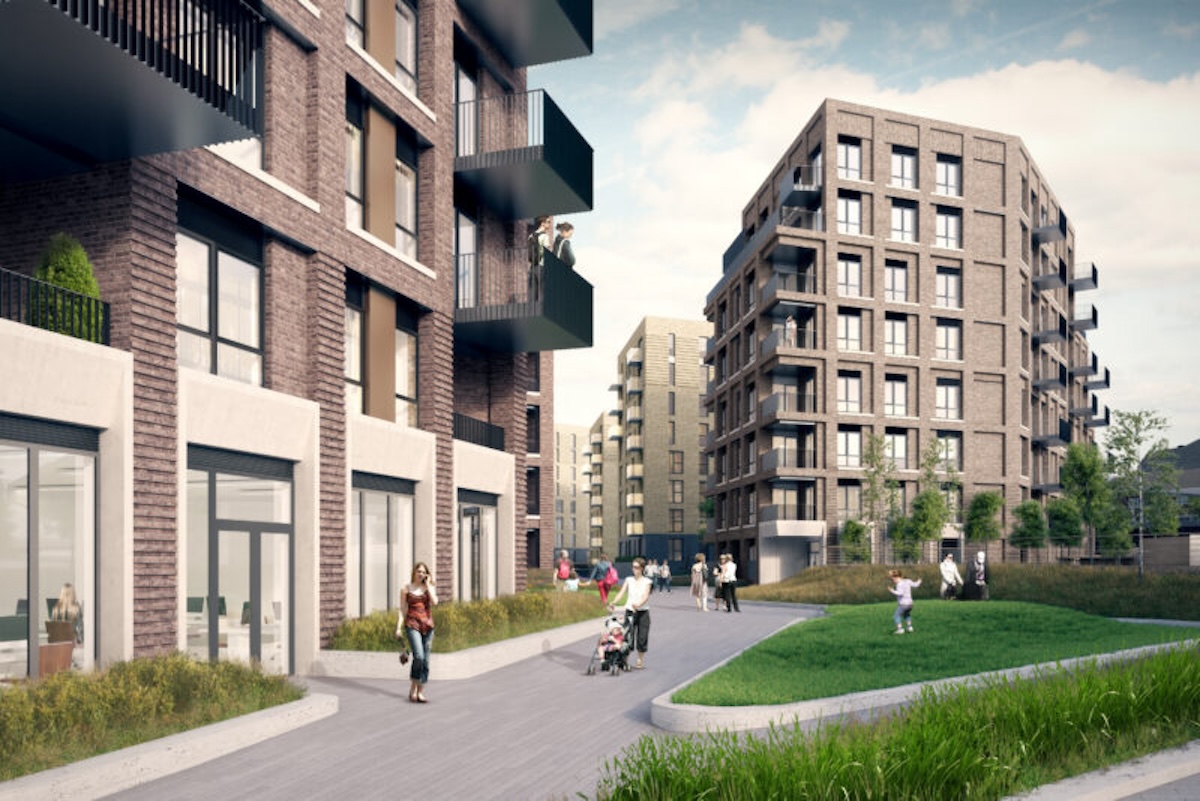
There is a growing awareness and concern for environmental, social, and governance (ESG) factors. These appear to be driving BTR developers to adopt more sustainable and eco-friendly practices. Investors and tenants may increasingly prioritise properties that align with ESG principles.
With the changes in regulation over EPC ratings, new developments are aiming to be ahead of the game to comply with existing regulations, but also those that are coming down the line for future implementation and beyond.
Developers are diversifying their BTR portfolios to include a range of unit types, catering to different demographics and lifestyle preferences. This may include apartments of various sizes and configurations. Traditionally many may have been predominantly smaller studios and one bedroom apartments, but now we are seeing more two bed and even three bed options to a allow families to make it their home.
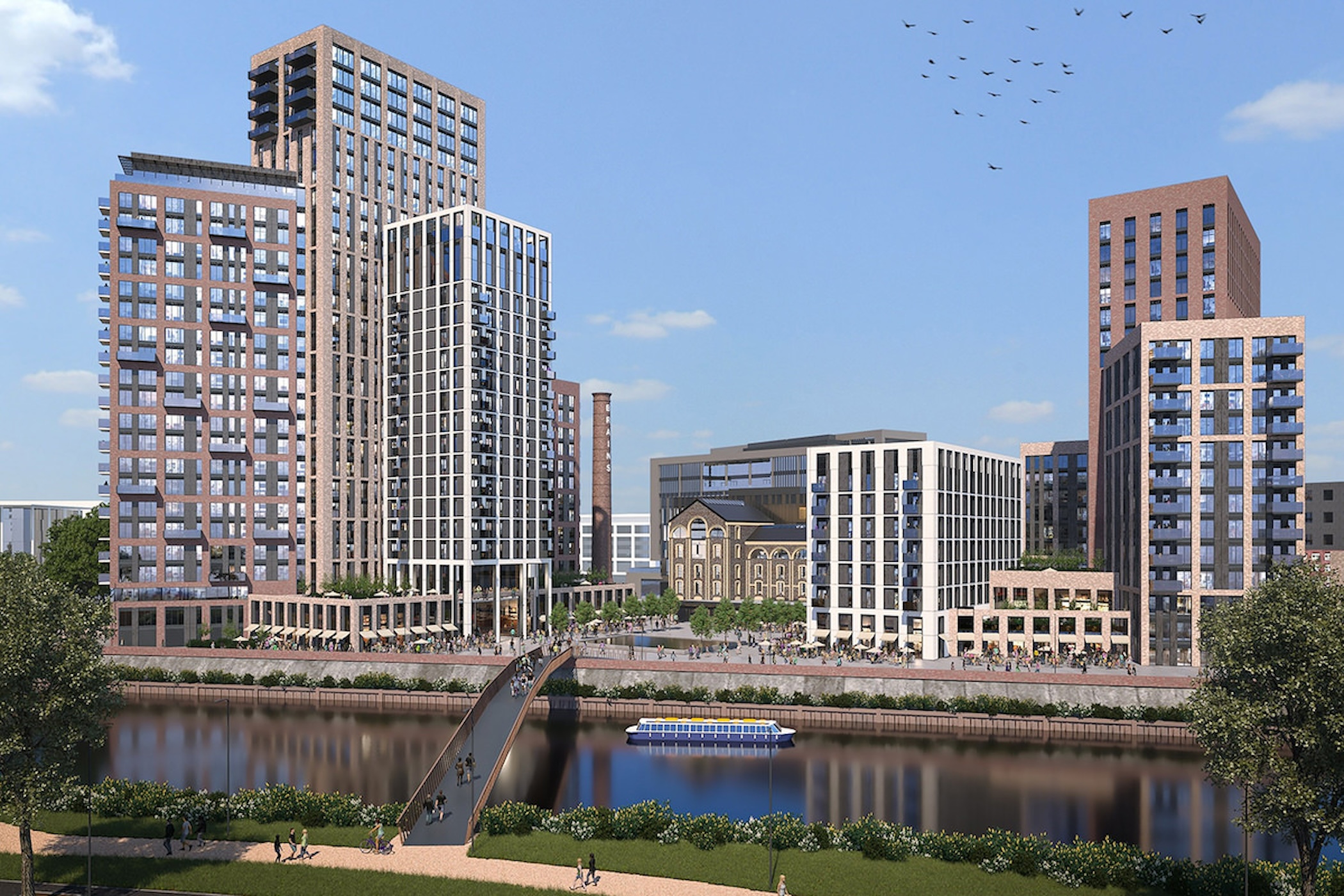
Shifts in demographics, including population growth, urbanisation trends and the growth of the ’15 Minute City’ as well as changes in household structures such as smaller families, are influencing the demand for rental housing.
In the UK, we are seeing an aging population AND an increase in single-person households which is impacting the types of properties and amenities being created.
The city landscape is being reshaped. Much of the retail market has moved online and we can all see the empty units up and down many high streets. Many employers who had huge city centre offices have downsized to allow for more home working and some units above retail shops and in stand alone office blocks are struggling for tenants.
Inevitably, this will mean more are converted to become BTR units where planning laws allow. We can see this changing the shape of cities. So, ensuring it is done in a coordinated and sensitive manner is critical for our cities’ future. It does however offer an incredible opportunity for developers to build the homes of the future and give our cities a new, vibrant lease of life.
There’s no doubt that the BTR sector is growing and is here to stay for the foreseeable future. For developers and investors, it offers an opportunity to reshape the city landscape, and create places for people to live that are genuinely well thought through, comfortable and desirable.
For customers, BTR solves many problems and offers them a comfortable and desirable place to live for the long term. Home ownership may be on the decline through affordability for many, but BTR provides the answers they need to allow them to live well, plan and bring up families, work and socialise.
If you would like to discuss any of our services, please call 0151 343 1963 or complete the form below and we will be in touch shortly.